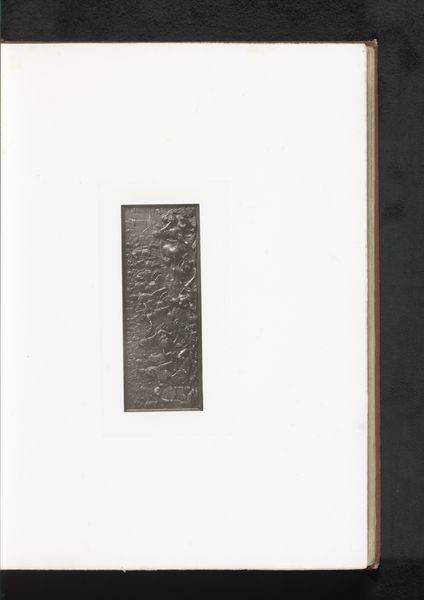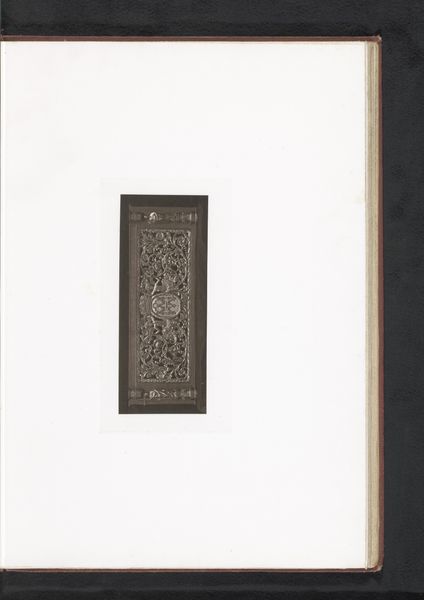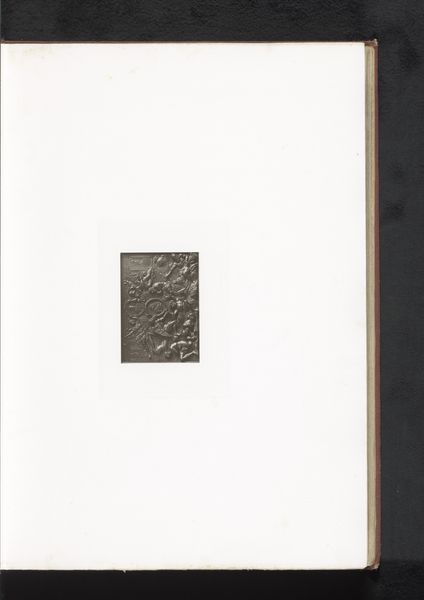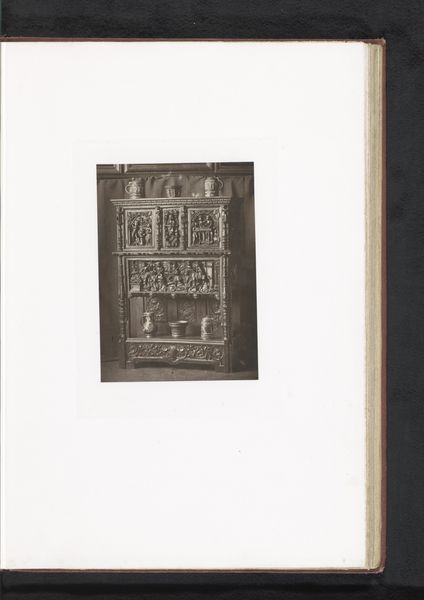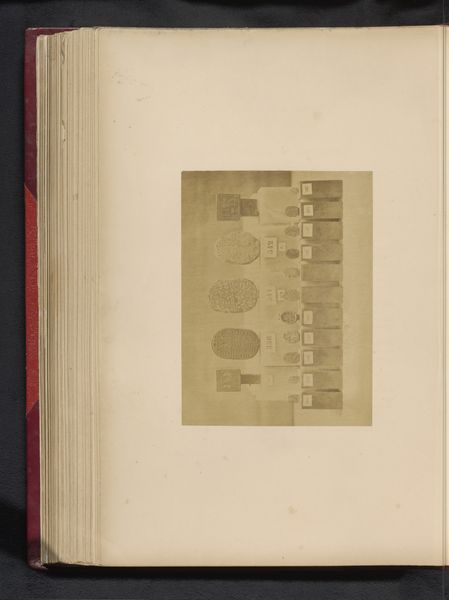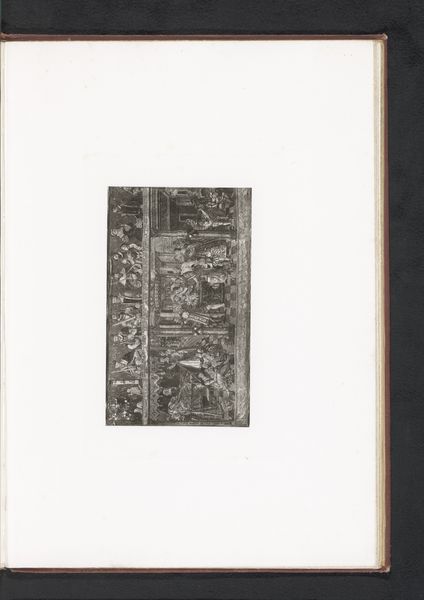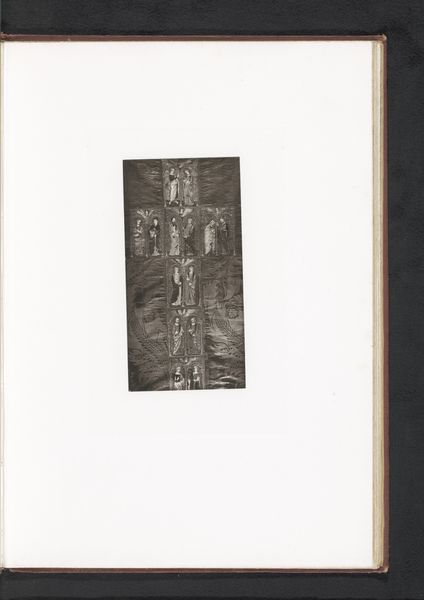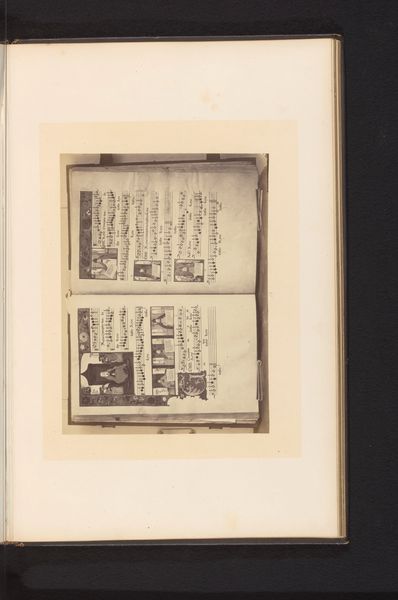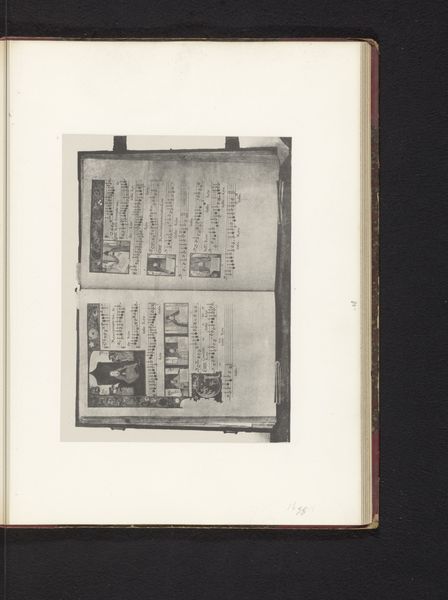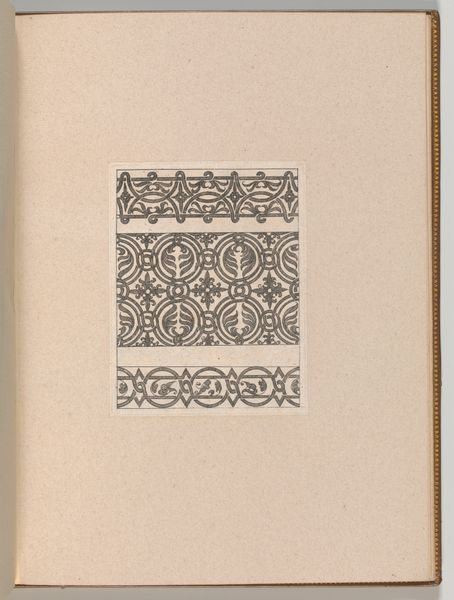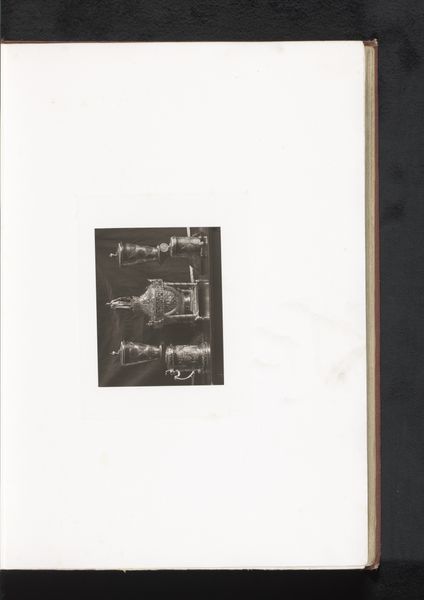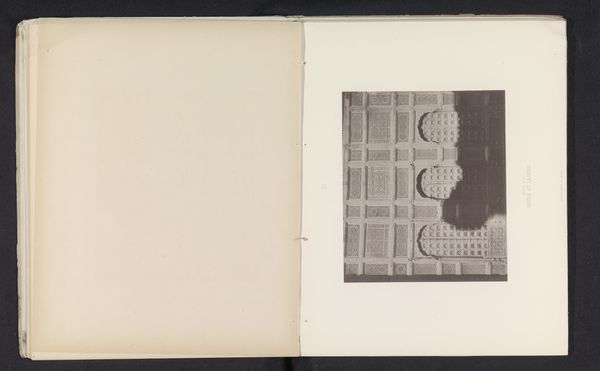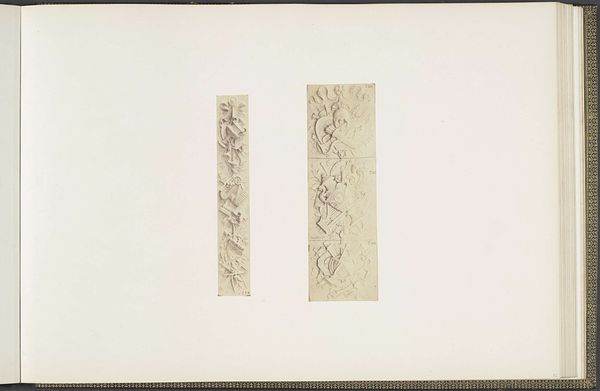
Altaarstuk met daarop voorstellingen uit het leven van Christus, opgesteld tijdens de Exposition Rétrospective van 1873 in Tours, Frankrijk 1873
0:00
0:00
print, engraving
# print
#
history-painting
#
academic-art
#
engraving
#
realism
Dimensions: height 77 mm, width 185 mm
Copyright: Rijks Museum: Open Domain
Editor: This engraving from 1873 depicts an altarpiece showcasing scenes from the life of Christ. It was on display during a retrospective exhibition in Tours, France. It gives the impression of reverence through its tight frames and complex designs, although I wonder, what sort of emotional effect did that actually achieve at the time? Curator: Indeed, the image speaks volumes about the cultural memory embedded in religious art. Notice how each panel operates as a container for powerful narratives, almost like individual memory palaces. Consider, what symbolic weight does Christ’s life carry, especially within a specific cultural and historical context like 19th-century France? Editor: So, it's not just about religious events but also about how a 19th-century audience might have interpreted them? Curator: Precisely! Think of altarpieces as not merely decorative, but instructional. The arrangement is vertical with specific events appearing in specific rows. Do you see a deliberate connection, for example, between an upper image, perhaps depicting the Annunciation, and one beneath it? The composition reflects the viewer’s cognitive processes—memory, reflection, and interpretation. Editor: It is like these altarpieces created an active kind of viewing, more engagement. Curator: Exactly, through its use of symbol, the image engages the cultural memory in unexpected ways. Editor: I see it differently now, I appreciate that—the psychological framing and intent really shape the way this religious imagery would be received.
Comments
No comments
Be the first to comment and join the conversation on the ultimate creative platform.
